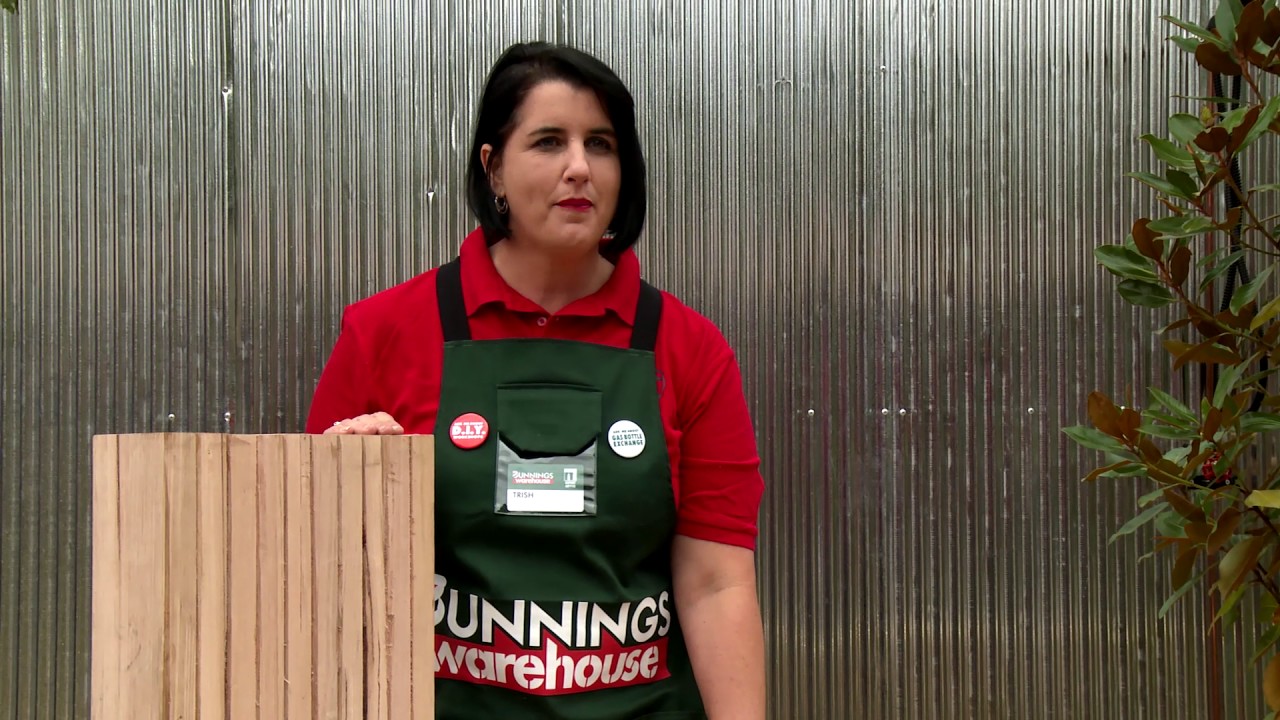The Importance of Garden Benches
Every garden needs a bench – not just for functionality, but also as a style statement. Garden benches are perfect for relaxing, reading a book, entertaining guests, or simply admiring the beauty of your plants. Besides, they can be used at any time of the day or night. If you’re planning to create an outdoor living space, a garden bench is a must-have.
In this article, we will discuss how to make a garden bench inexpensively using wood and adhesive. We’ll go over the tools needed to make the bench, the type of timber to choose, and the steps involved in making a box joint, drilling holes, and assembling the bench.
Tools Needed
Before getting started, you need to gather the necessary tools. The tools needed to make a garden bench are:
- Saw
- Drill bit set
- Chisel
- Rubber mallet
- Clamps
- Glue
- Tape measure
- Pencil
Choosing the Timber
When it comes to choosing the timber for your garden bench, you have to decide on the type of wood that fits your space, budget and design preferences. You can get the timber precut at Bunnings, or any hardware store near you.
There are different types of timber that you can choose from, such as cedar, pine, teak, or oak. Cedar is the most popular wood for outdoor furniture because it’s naturally resistant to decay and insects, and it’s lightweight for easy moving. Pine is the most affordable option, but it’s not as durable as cedar or teak. Teak is the most durable and expensive wood, but it’s worth the investment because it can last up to 50 years with proper care. Oak is also a durable and strong wood, but it’s best used for indoor furniture.
Making a Box Joint
The first step in making a garden bench is to create a box joint using your precut timber. A box joint is a strong joint that looks like interlocking fingers. To make a box joint, follow these steps:
- Arrange the timber from long to short, long to short, and so on.
- Take the next piece and slot it into place, until you form a perfect square.
- Repeat this process to create the other side of the bench.
Drilling Holes
Once you have created the box joint, drill the holes that will secure the rods that support the legs and tabletop of the bench. Use a template or a jig to drill the holes at exactly the same place at either end of the timber. Drill two different sized holes, one for the rod to go through and the other one for the cap.
To drill the holes, clamp the timber down, put the drill straight and drill through.
Gluing and Clamping
After drilling the holes, it’s time to glue and clamp everything together. Glue the box joints together and clamp them down until the adhesive is dry. Make sure everything is flush before putting the rods in.
Leave the glue to dry overnight for the best results. Scrape off any excess glue with a chisel to make it easy for sanding.
Assembling the Bench
Once your glue is dry and the excess glue is removed, it’s time to put your bench together. Tap everything into place to make sure it’s nice and flush. Next, put the rods through the holes. If you feel any resistance, use a rubber mallet to hammer the rods in.
After the rods are in place, screw on the caps to secure them. Sand your bench to remove any rough edges or bumps. You can also stain or paint your bench if you like, or you can use a fiberglass resin to give it a glossy finish.
Conclusion
Now that you know how to make a garden bench inexpensively using wood and adhesive, you can add a stylish and functional addition to your outdoor living space. With a little patience and the right tools, you can create a bench that will last for years to come. Remember to choose the timber that fits your space and design, and to follow the instructions carefully to ensure a sturdy and beautiful garden bench.

